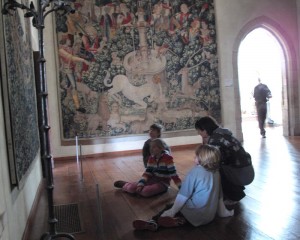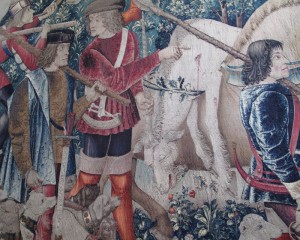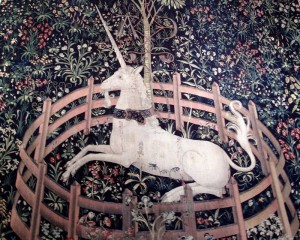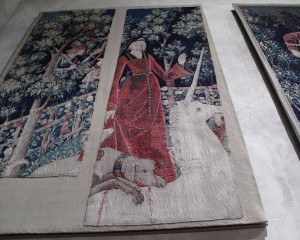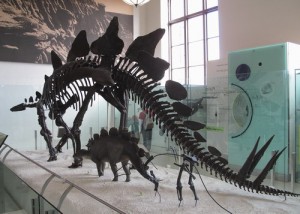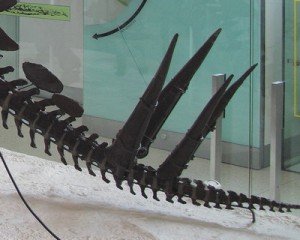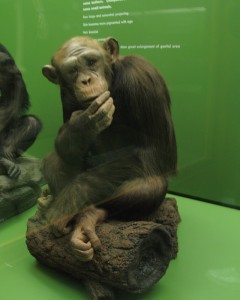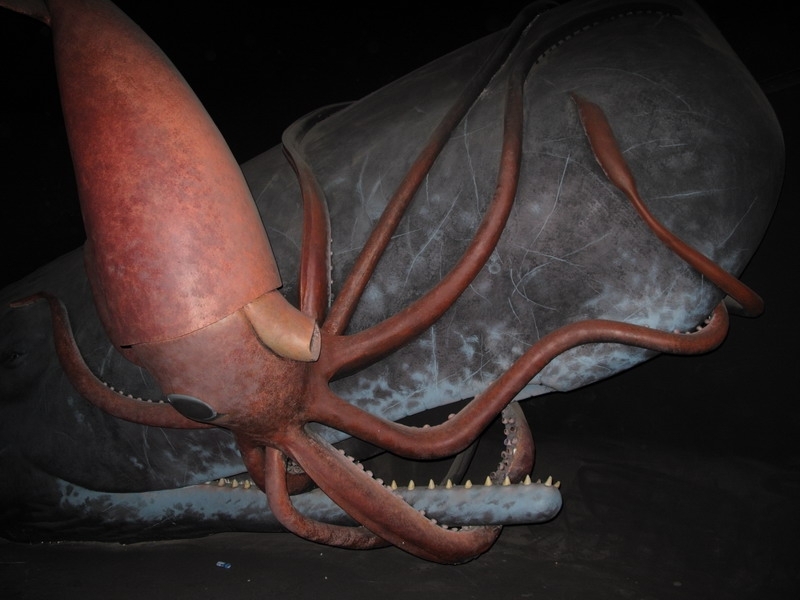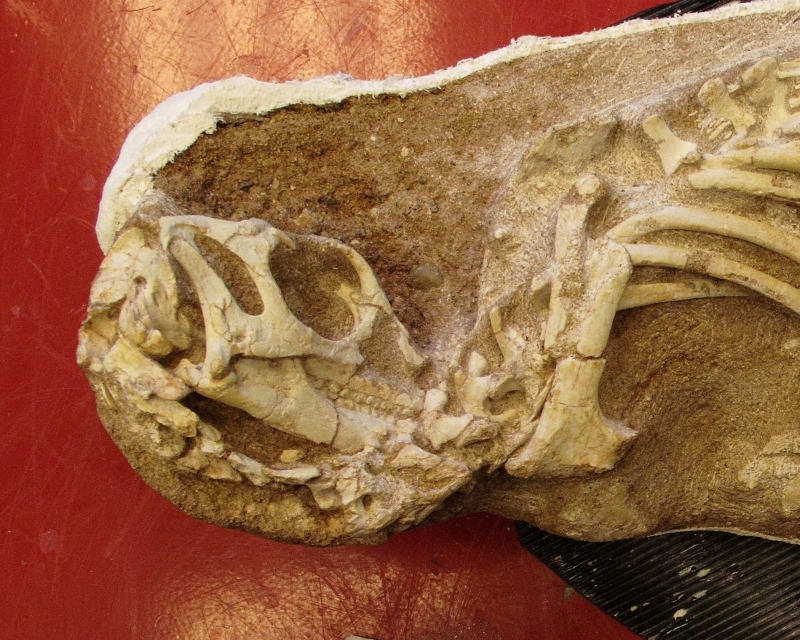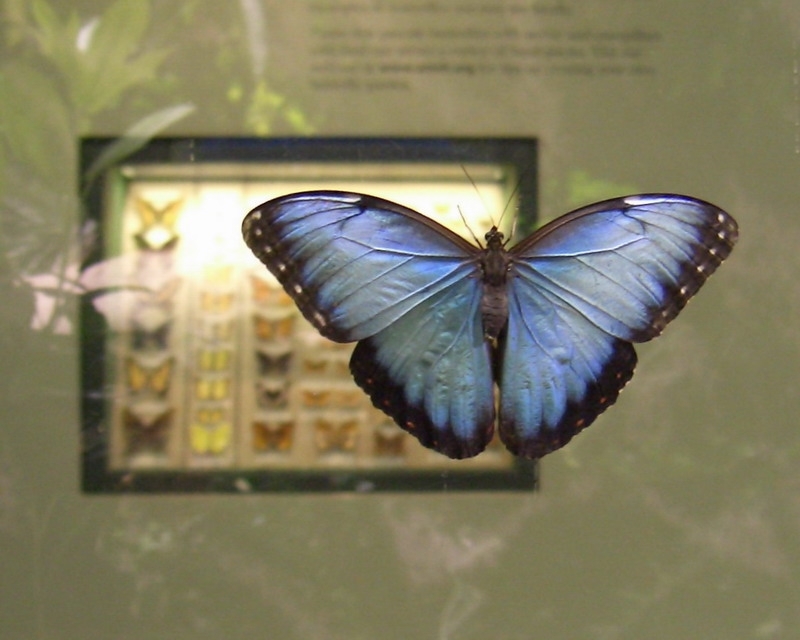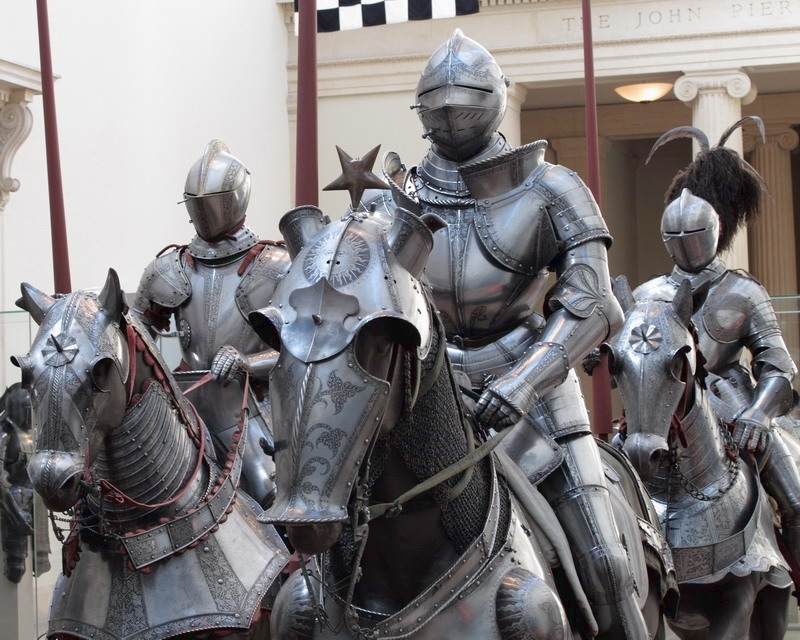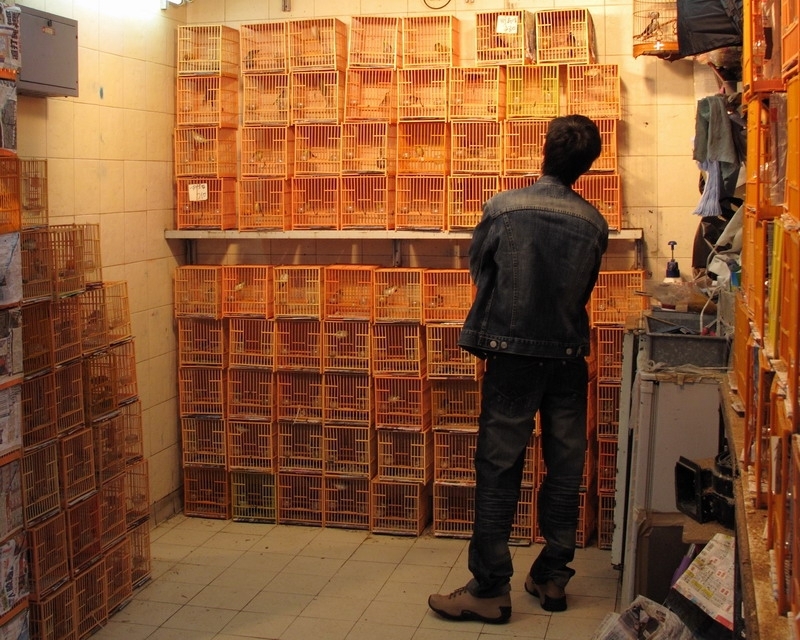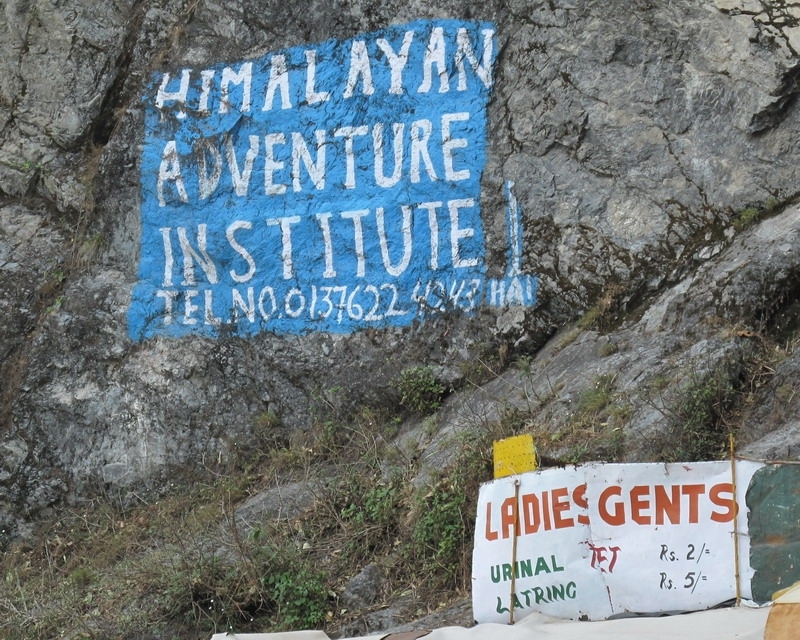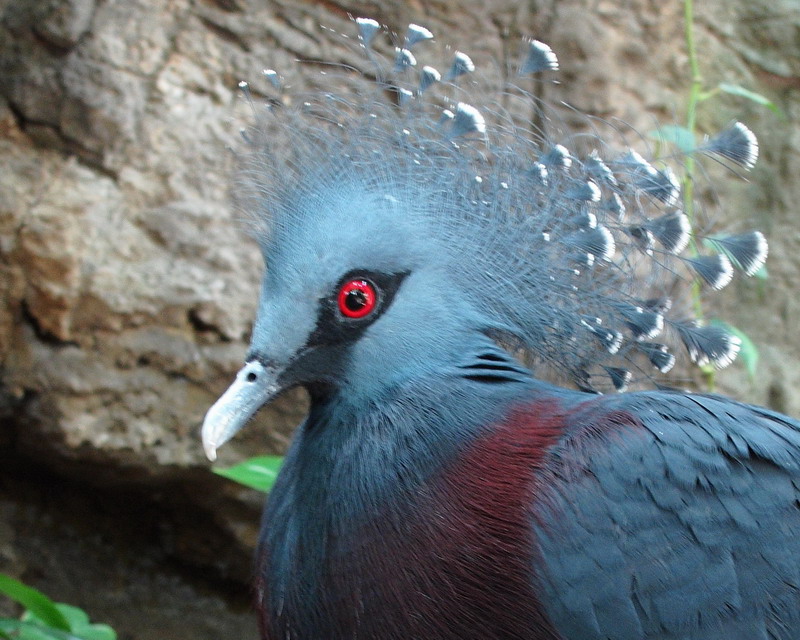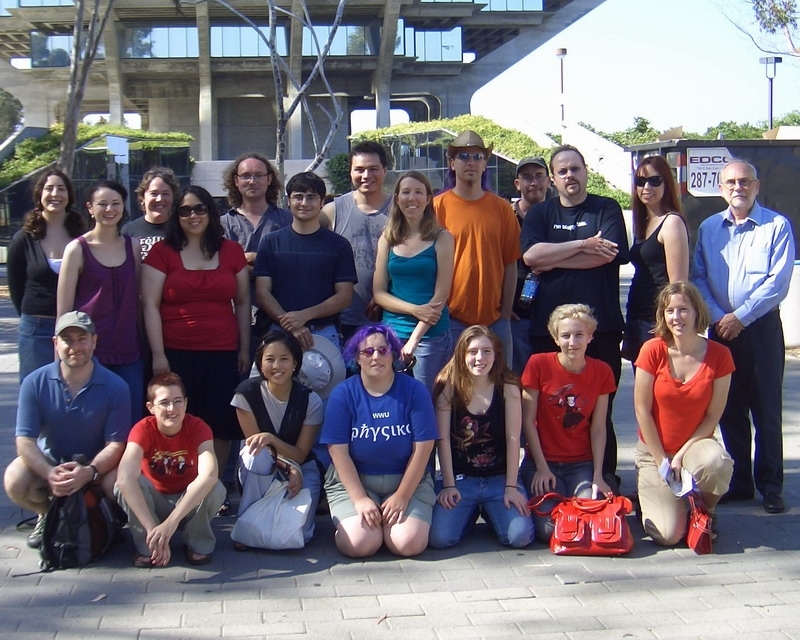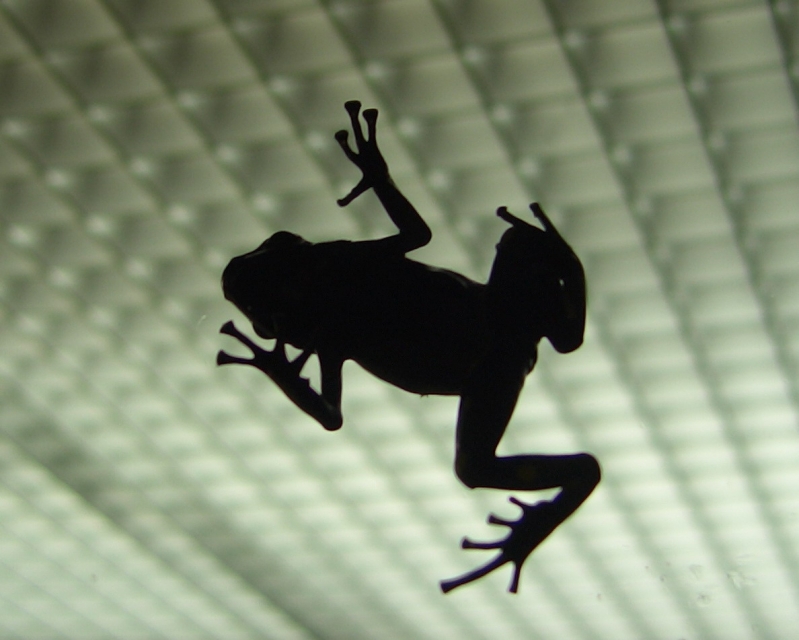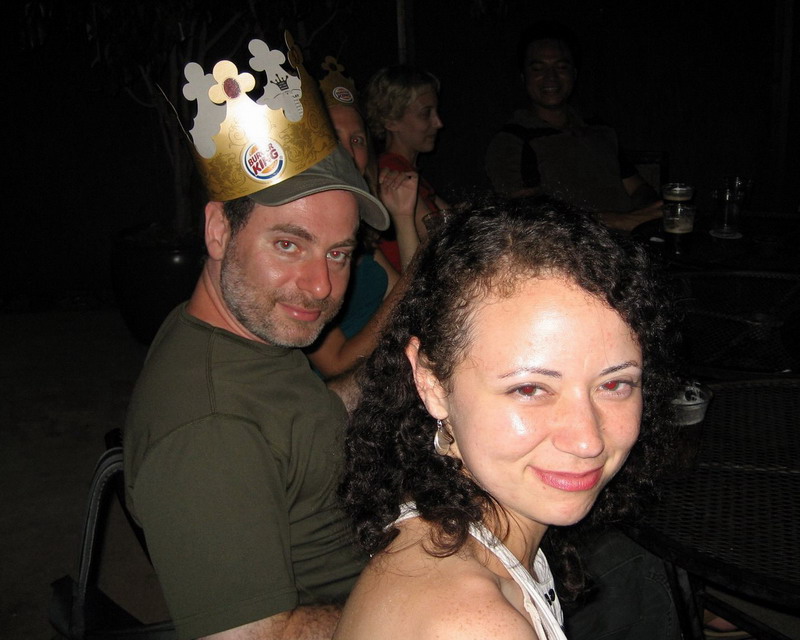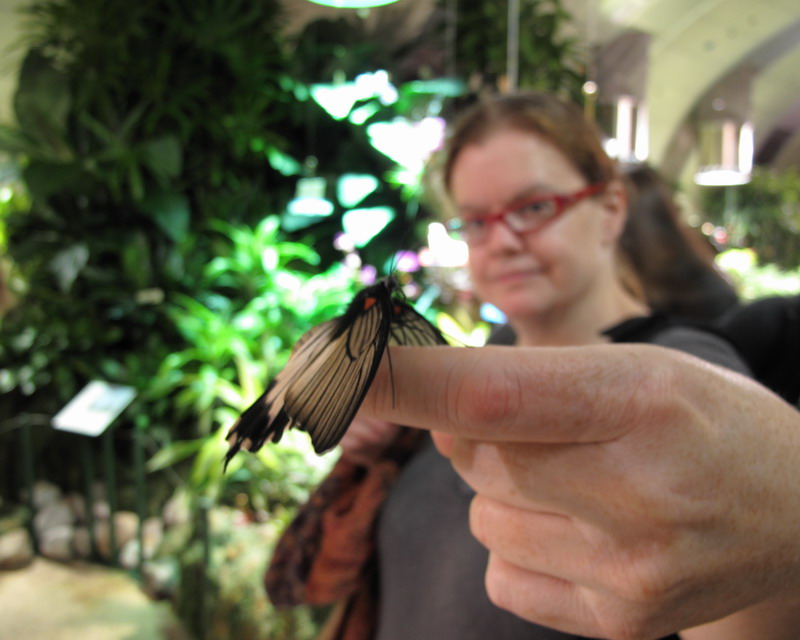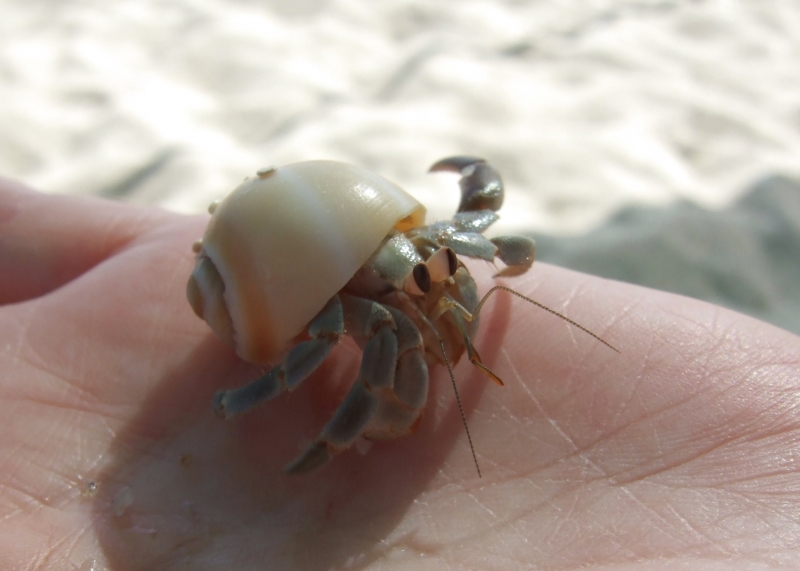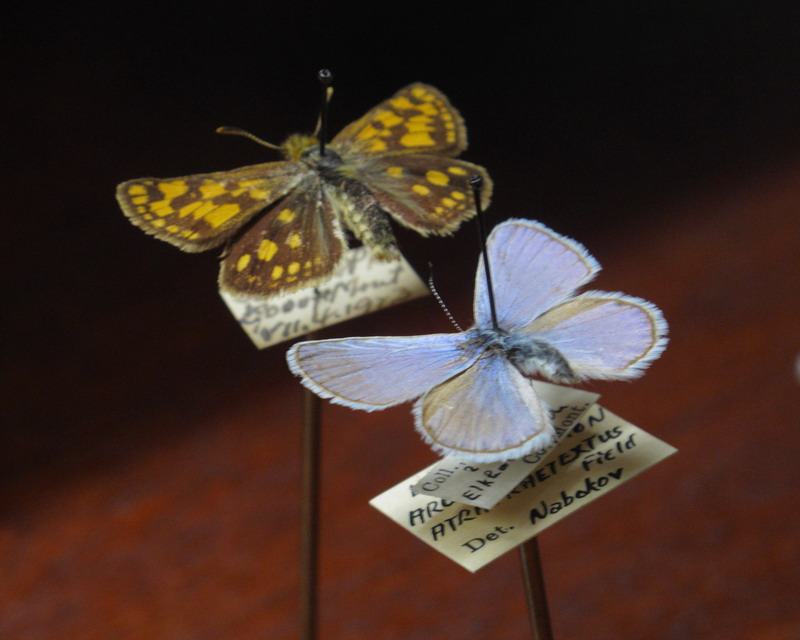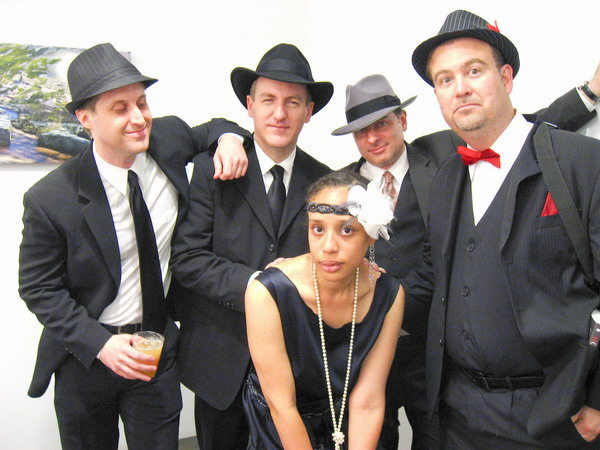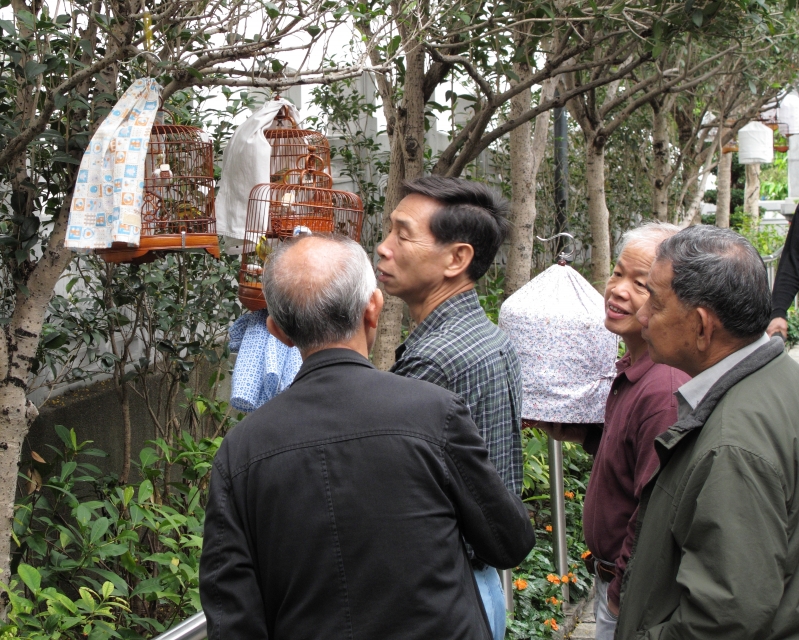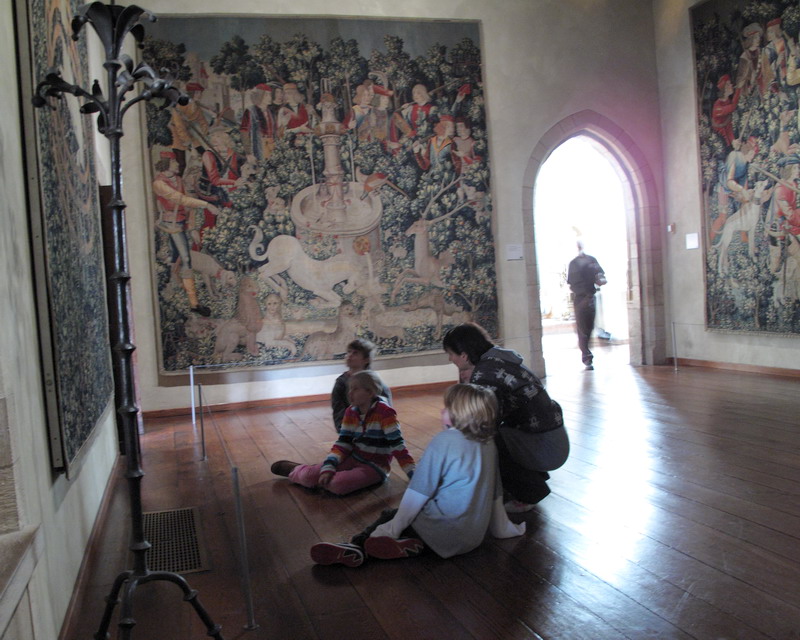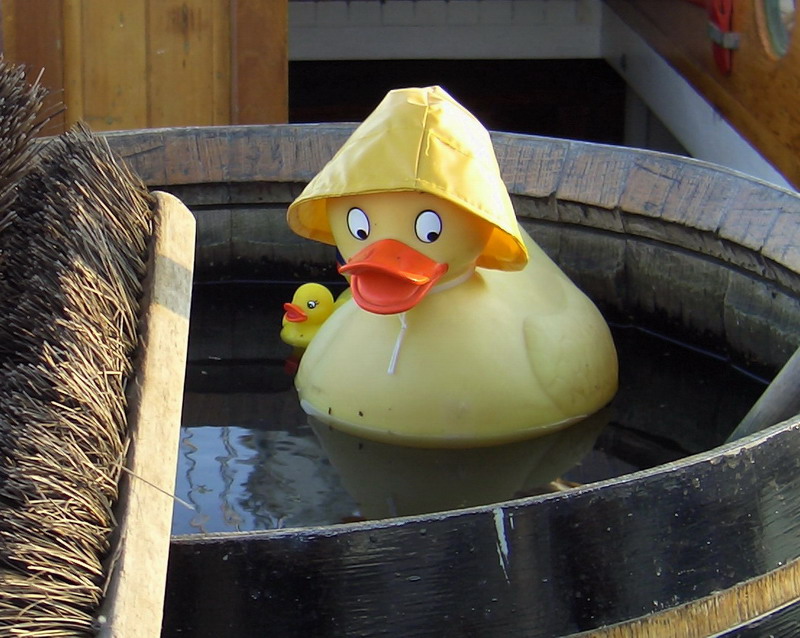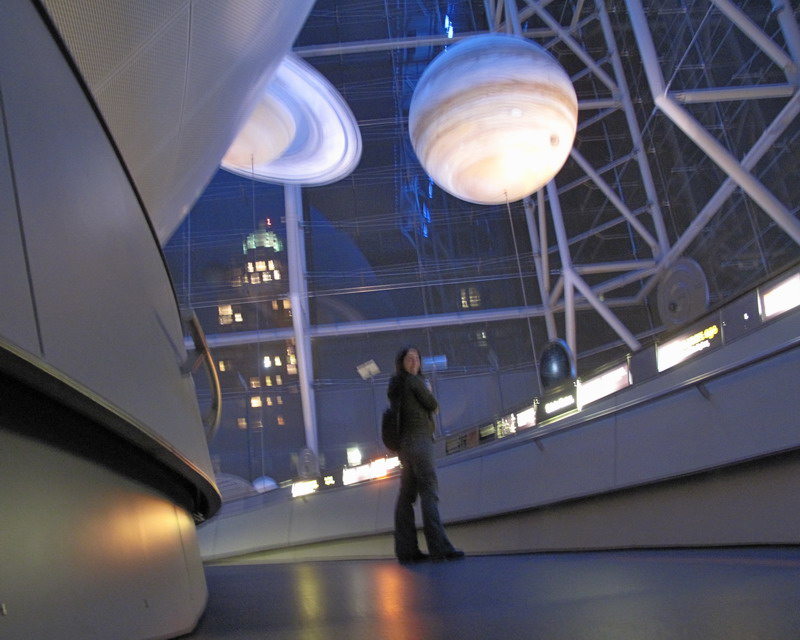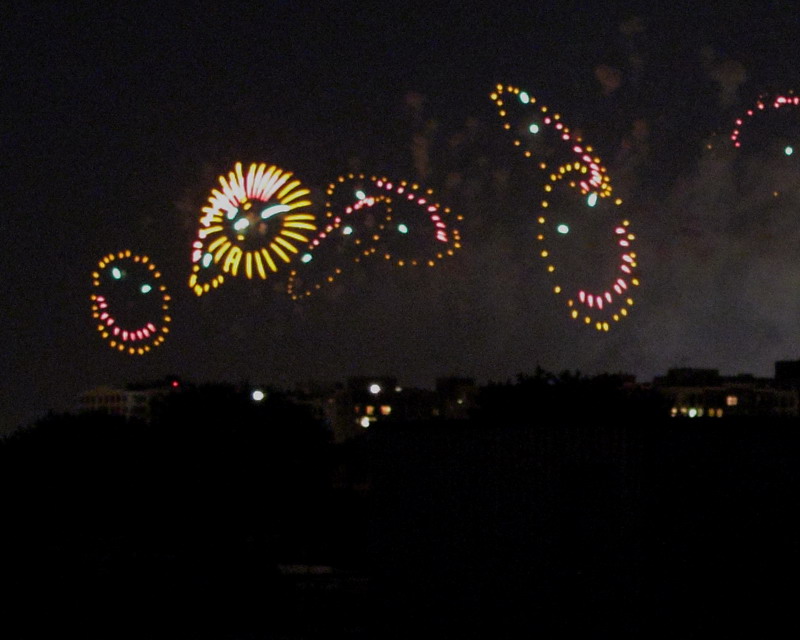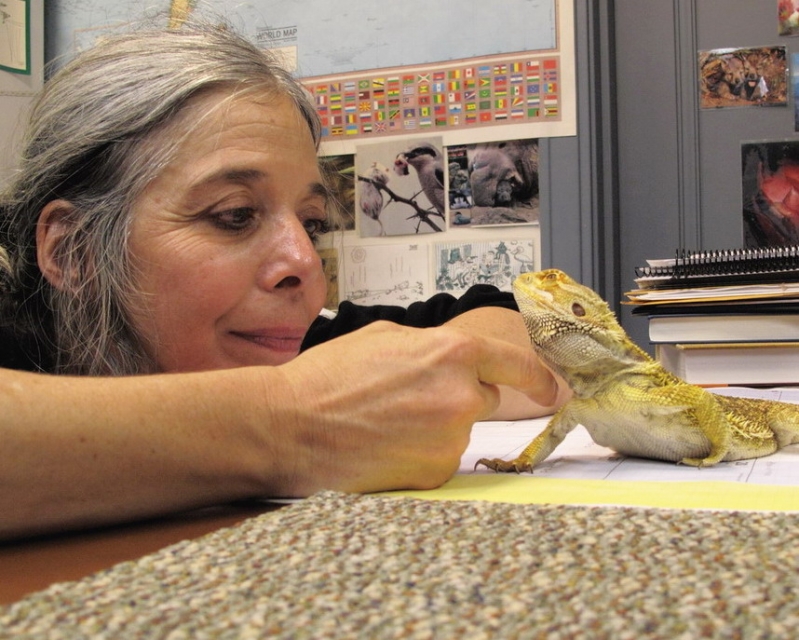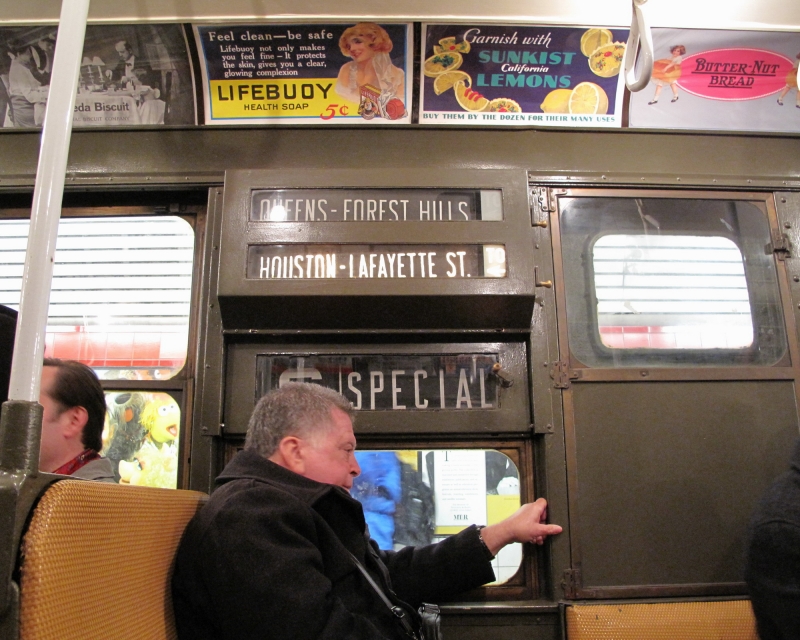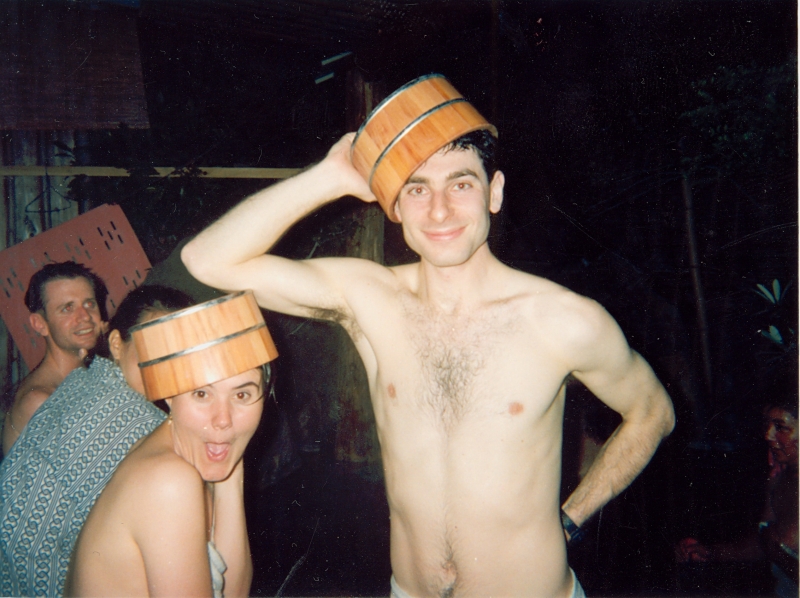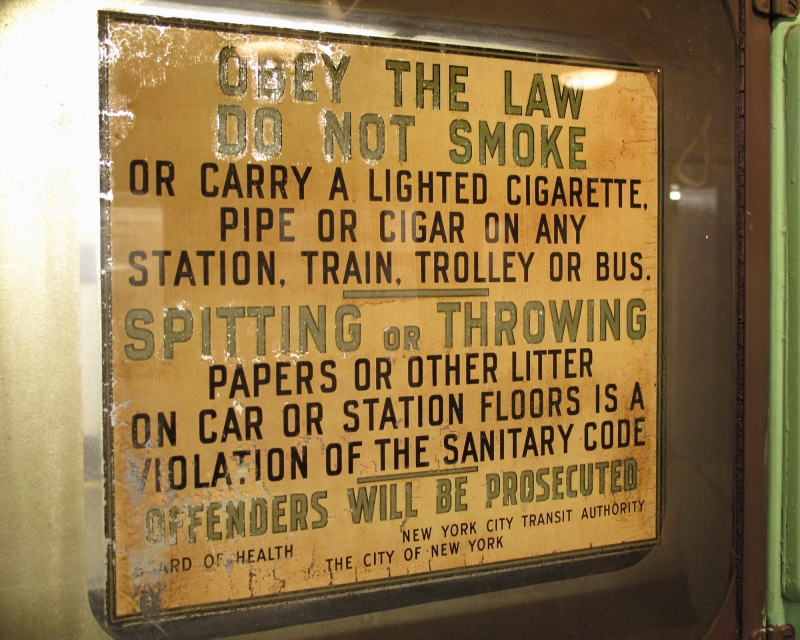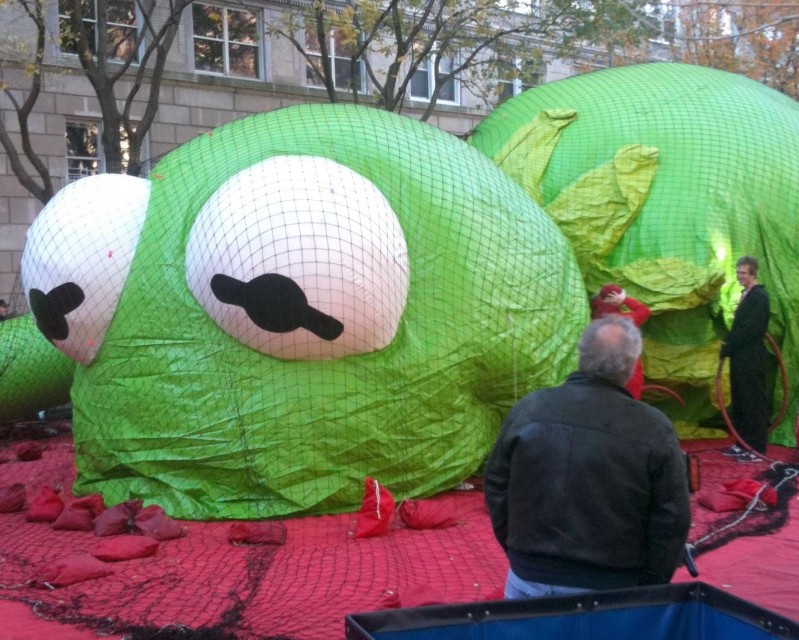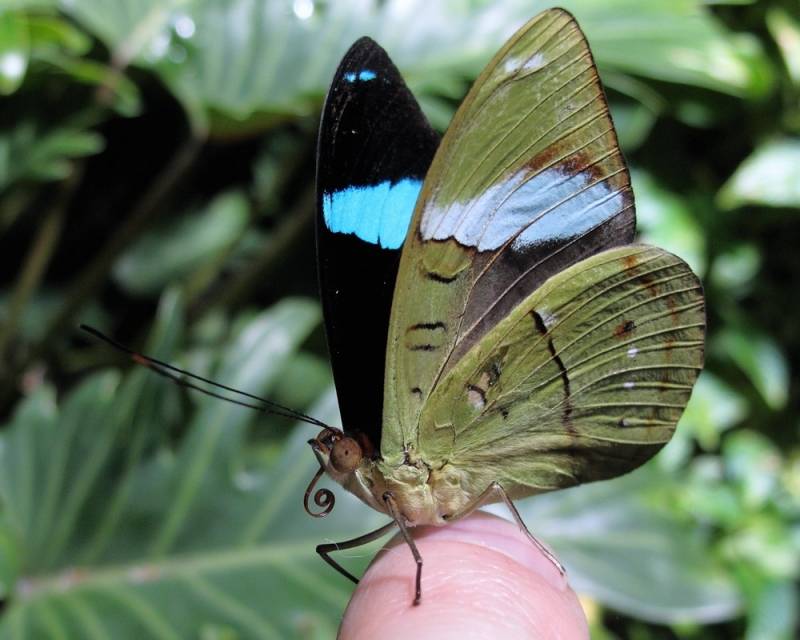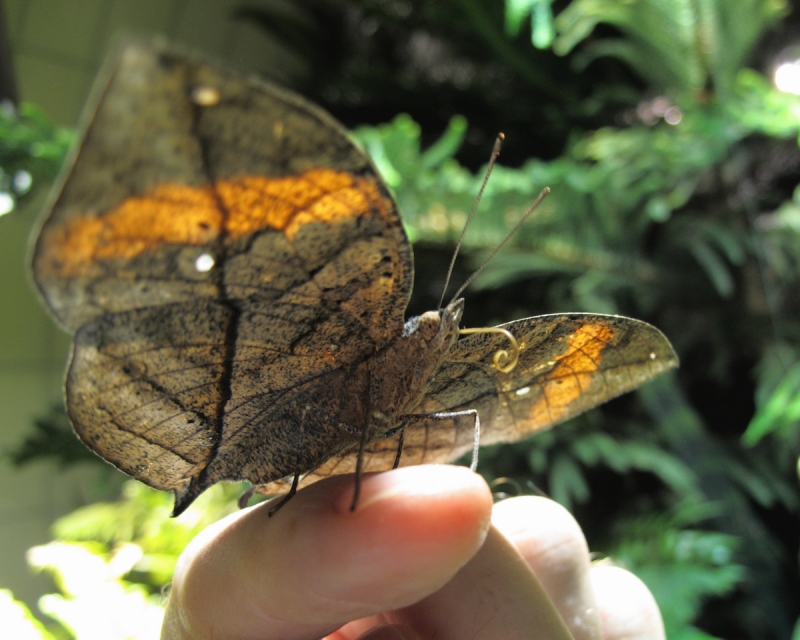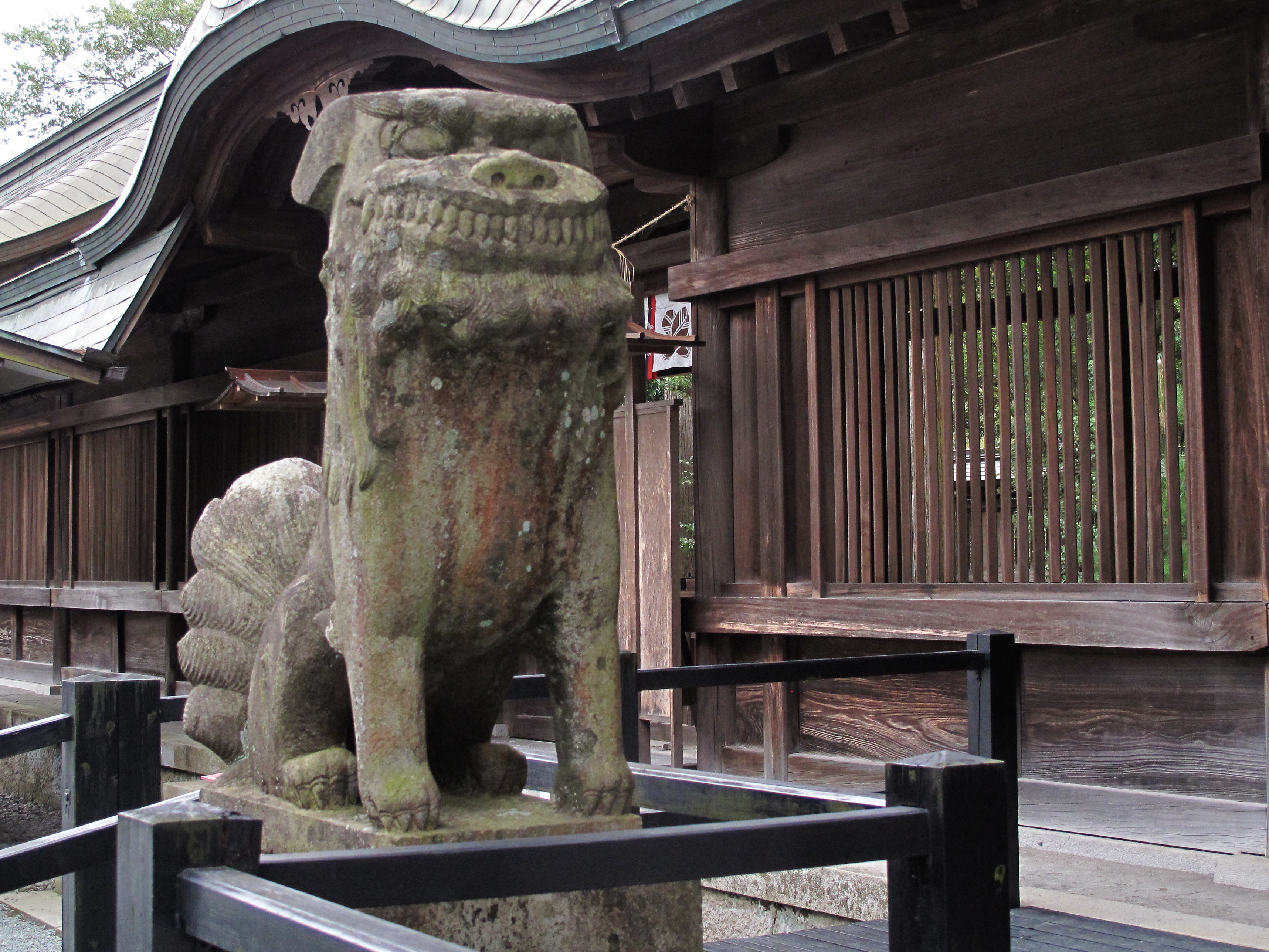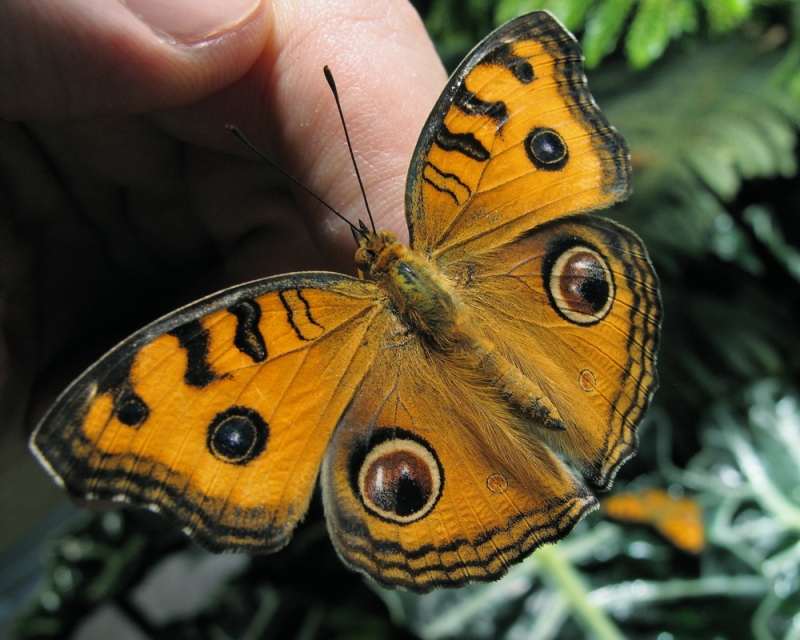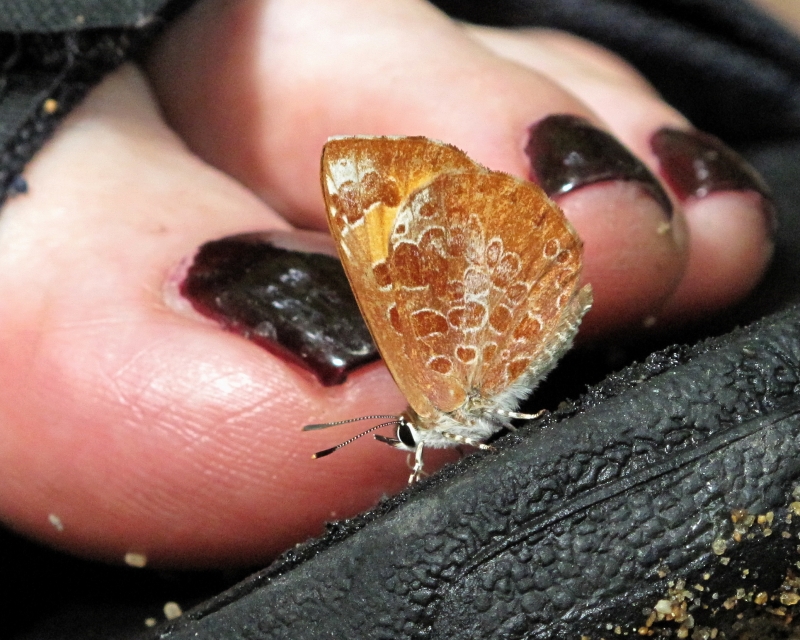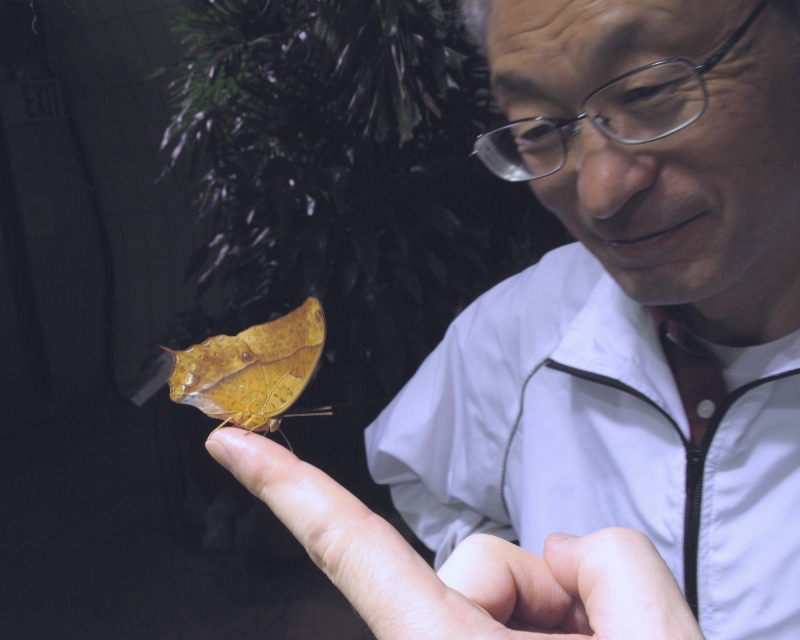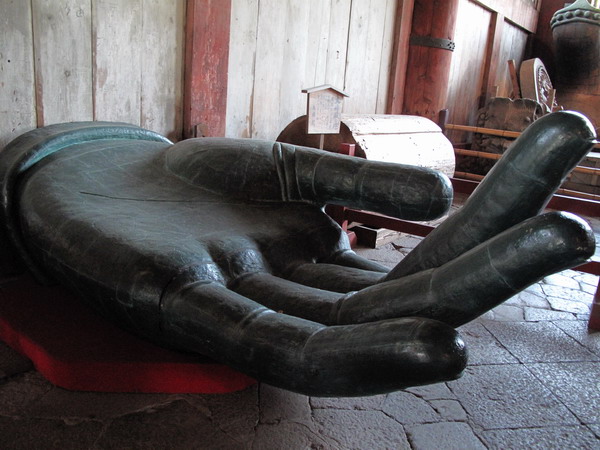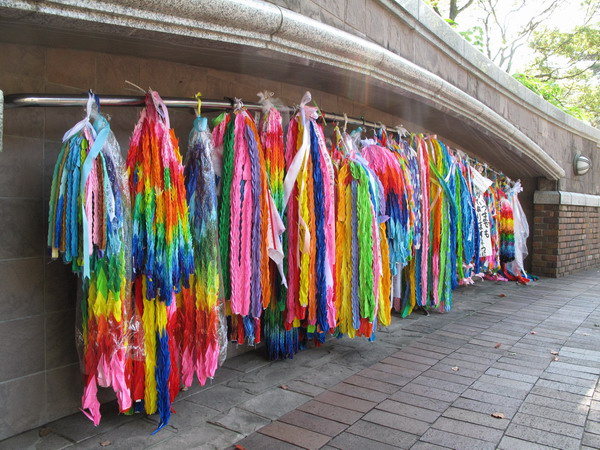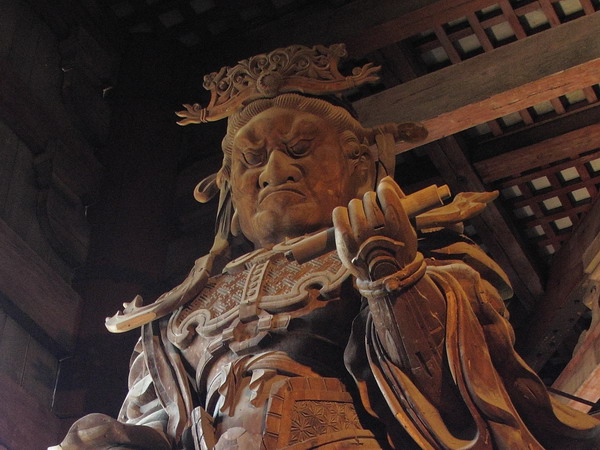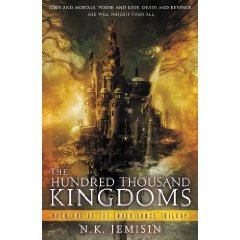
I recently had possession of one of the ARCs of N.K. Jemisin’s The Hundred Thousand Kingdoms. There apparently aren’t many of them, and I thought I’d take advantage of this by posting my own review. The tag line on the cover says, “Gods and mortals, power and love, death and revenge. She will inherit them all.” If anything, this underplays the scope of this subtle and imaginative novel.
(In the interest of disclosure, I know the author. She’s in my writing group, and I’ve never pulled any punches in critiquing her work.)
Here’s the backstory, or most of it anyway: Thousands of years ago, there was a war among the gods. The losers were imprisoned in human form and enslaved to the human clan that was most loyal to the winners. Over generations, that family used these gods’ powers to make themselves the de facto rulers of the world. The also became monstrously scheming and cold-blooded in the process.
Twenty years ago, the daughter of the head of this family abandoned the palace and ran off to a barbaric land of women warriors, where she had a child of her own. Now she has been murdered, and her daughter, Yeine, is summoned to her grandfather’s palace. Yeine is designated a potential heir to the throne – but there are others, and they will kill each other to get it.
This fantasy has magic and gods and a bit of unconventional bloodshed, but the emphasis by far is on the strengths, weaknesses and needs of its characters, and the ways these clash or dovetail. I’d say most of the plot arc qualifies as Mannerpunk – it unfolds within the confines of the immense palace as Yeine moves among the other players, trying to sort their truths from their lies and determine how she fits into each of their plans. Jemisin has a subtle and perceptive touch for the give-and-take of antagonistic or romantic relationships, and it’s clear those are the parts of the story she relished writing. In the background there is an especially rich sense of the power dynamics involved when gods are enslaved and even servants can command them.
Other aspects get less attention. About halfway in, the nature of Yeine’s conflict shifts abruptly away from the one the first part of the story prepares us for; the transition felt choppy to me, and I had to work hard to follow it. And with all the knives that are being drawn throughout the story, I had hoped at least one would be significant enough to Jemisin to warrant some description or differentiation.
Maybe this is a guy thing, but despite the emphasis on intrigue, the parts of the story that stayed with me the most strongly were some truly creative action scenes – one in which a god is given free rein to eliminate an army any way he sees fit, and another in which a god and a mortal engage in love-making so cosmically transcendent that their bed is smashed upon re-entry.
This is the first book in Jemisin’s upcoming Inheritance trilogy, but stands alone and has a satisfying ending. It’s a powerful debut and a great read, and I recommend it. The book is scheduled for a February release, and I’m looking forward to the rest of the trilogy.
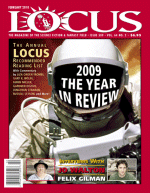 So it turns out that inclusion in the Locus Recommended Reading List also means inclusion on the Locus Awards ballot. “Home Again” is a tiny story that got only a fraction of the attention of some of the others on this long list, but it would mean a lot if it didn’t come in dead last. If you read it in Interzone #221 and liked it, please vote!
So it turns out that inclusion in the Locus Recommended Reading List also means inclusion on the Locus Awards ballot. “Home Again” is a tiny story that got only a fraction of the attention of some of the others on this long list, but it would mean a lot if it didn’t come in dead last. If you read it in Interzone #221 and liked it, please vote! T
T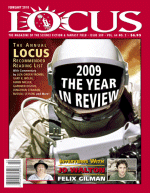 his is worth mentioning: The
his is worth mentioning: The 
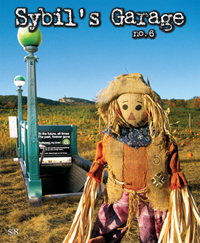 I want to let the world know that
I want to let the world know that 
